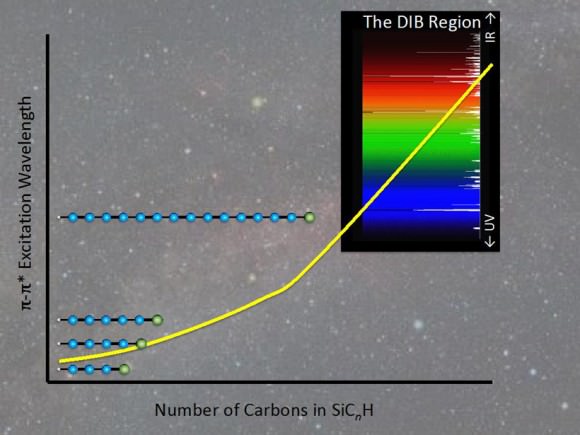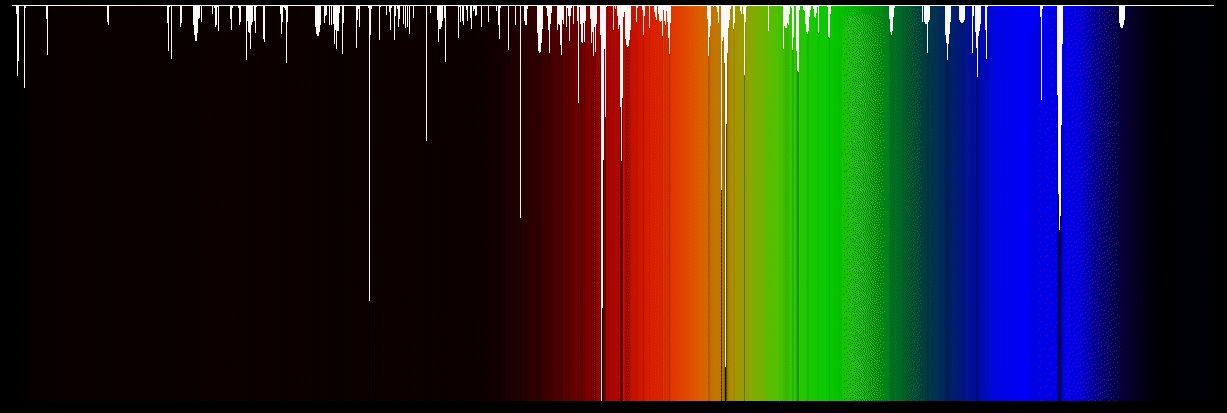It’s a well-kept secret that the vacuum of space is not — technically speaking — a vacuum. Strong winds generated from supernova explosions push material into the interstellar medium, tainting space with the heavier elements generated by nuclear fusion. These lonely molecules account for a significant amount of all the hydrogen, carbon, silicon, and other atoms in the Universe.
Although these molecules remain mysterious, since we don’t know their exact chemical composition or atomic arrangements, they’re likely the cause of diffuse interstellar bands: unknown fingerprints within the spectra of distant astronomical objects.
New research, however, offers a tantalizing new possibility: these mysterious molecules may be silicon hydrocarbons.
Researchers on Earth should be able to identify the interstellar molecules easily. They simply have to demonstrate which molecules in the laboratory absorb light at the same wavelengths as the diffuse interstellar bands. But despite decades of effort, the identity of the molecules has remained a mystery.
“Not a single one has been definitively assigned to a specific molecule,” said coauthor Neil Reilly from the Harvard-Smithsonian Center for Astrophysics in a press release.
Now, Michael McCarthy from the Harvard-Smithsonian Center for Astrophysics, Reilly, and their colleagues are pointing to an unusual set of molecules — silicon-terminated carbon chain radicals such as SiC3H, SiC4H and SC5H — as potential twins to those found in interstellar space.
The researchers, however, were unable to create every spectral absorption line (over 400) responsible for the diffuse interstellar bands. But they think that longer molecules in this silicon-containing hydrocarbon family might cause the lines.

So the group remains cautious. History shows that while many possibilities have been proposed as the source of diffuse interstellar bands, none have been proven definitely. And they certainly need to conduct further research before they can say with certainty they’ve identified the mysterious interstellar molecules.
“The interstellar medium is a fascinating environment,” said McCarthy. “Many of the things that are quite abundant there are really unknown on Earth.”

